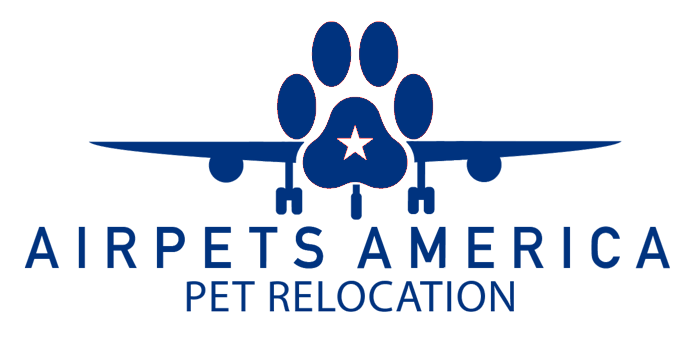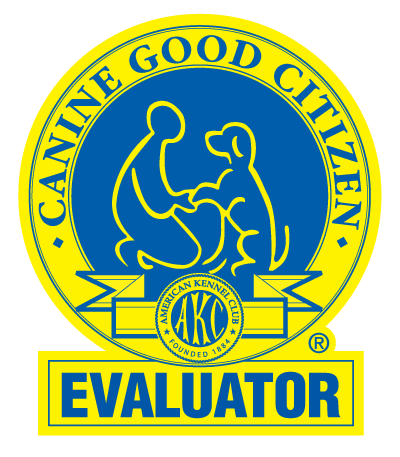When you think about using rewards to train a dog, odds are you are thinking of cookies. While food treats are a great reward for most dogs, it is not the only reward. Other rewards, such as play, petting, and verbal praise, can be very effective when used properly. Life rewards or environmental rewards also have immense importance in effective training.
Food as a reward
Food is something our pups need to survive; it’s not only a yummy reward but also a necessity of life. We love using a variety of food treats to reward good behaviors in our dogs. They are fast and easy to use. This is super important when we are teaching a new behavior. We want our dogs to associate the reward with the behavior we want, so the closer the two are, the faster our dogs will comply.
Using play
Playing with your dog or using toys can also be a fantastic reward. Many exercises are better rewarded by play than with a treat. This is why many professionals only use toys to reward their dogs during agility competitions. Instead of using a cookie after a run, they use a tug toy to keep the dog focused and energized for the next run. Using toys and play, in general, is very rewarding because it lasts longer than the 3 seconds it takes to wolf down a food treat. Play promotes a healthy relationship between you and your dog, giving your dog the interactions and attention they crave.
Environmental rewards
Environmental rewards are things like getting to sniff something, going outside, or chasing a squirrel, etc. These are things the environment can provide that we might not be able to. The key is to use them in a way that promotes something we like in our dogs rather than encouraging something we don’t like. An example of how to use an environmental reward to get the behavior you like is using “go sniff” as a reward for walking politely. The dog is going to get rewarded by sniffing, but it’s up to you to determine WHY the dog was rewarded. 1. The dog walks politely and then gets to sniff or 2. The dog pulls to sniff the tree. The reward is the same both times, but what the dog learns from the exercise is completely different. In one, we are rewarding loose leash walking, while the other rewards pulling.
It’s important to note that environmental rewards are some of the hardest to control because, after all, who can tell what that squirrel is about to do, or which tree will spark your dog’s attention. But when you do find a way to use the environment to your advantage, you will get great results.
Petting
You might not even know you are doing it, but petting is one reward that often gets misused among dog owners. One thing is to pet your dog enthusiastically after they come to you when you called; this is a great use of petting. A very different use of petting is when a dog jumps up on you. Petting is very rewarding, so unless you are okay with your dog jumping on you in your Sunday best, elderly Aunt Martha, and anyone the dog meets, this use of petting needs to be extinguished. In these cases, wait for all four paws to be on the ground and then start petting; the second paws are up, so are your hands.
Petting can be a great reward for good behaviors and also a calming exercise. And it also has some amazing health benefits for dogs and humans alike. Studies have shown that petting your dog lowers your heart rate and releases endorphins (your happy hormone), and it does pretty much the same for your pup.
Verbal rewards
Using your voice to reward your dog can be essential in training. An instance in which verbal praise is a must is when your dog is coming when called. Your voice can encourage the dog to move toward you from a long distance away. It is also quite rewarding in cases where you might not have meant to reward the dog, for example, when your dog does something funny that is really not a great idea but in that second it just makes you laugh. Your pup will pick up on that, so be careful.
Great trainers know how to use specific rewards to promote the behaviors they want and get rid of those they don’t want. It is very important to listen to your dog because many times what you think is rewarding might differ from what your dog thinks is rewarding. By taking into account all the different ways in which your dog can get rewarded, you’ll be on a fast track to having a very well-behaved dog. A dog that is happy and healthy. So don’t think training will make your dog fat because, in fact, it might actually help him lose some pounds. And if you need any help or ideas on how to find the right rewards for your dog, just give our trainers a call. We are always here to help.
Contact us
Learn more: www.pawhootz.com
Email us: [email protected] or call us at 817-498-6410, too!
Make an appointment with us: https://pawhootz.com/make-an-appointment/



